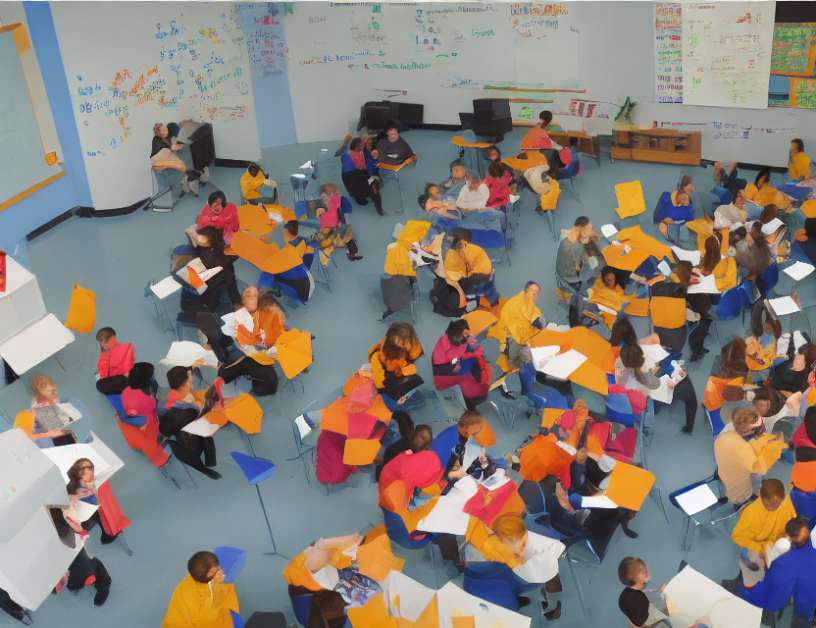Clustering is a technique used in data analysis to group similar objects together. In the context of education, clustering can help teachers understand their students’ academic achievements better. The article discusses how fuzzy logic can be used for clustering educational data to determine the recommended level of difficulty of tasks for each student based on their academic achievements.
Fuzzy logic is a mathematical system that allows for imprecise or uncertain reasoning, which can be particularly useful in education. By using fuzzy membership functions, teachers can accurately determine the membership of students to certain clusters, even if the clusters are not clearly separated. This means that teachers can better understand their students’ abilities and tailor their teaching methods accordingly.
The article highlights three clustering methods commonly used in education: K-Means, MeanShift, and fuzzy logic. K-Means is a simple and fast method that requires the user to set the number of clusters, while MeanShift automatically determines the number of clusters based on the requirements of the task at hand. Fuzzy logic, on the other hand, allows for more accurate membership determination by considering the imprecision of the data.
The article also references related works that have used clustering methods to analyze educational data. These works have shown that clustering can help evaluate and increase the efficiency of the educational process.
In summary, clustering is a powerful tool in education that can help teachers understand their students’ academic achievements better. Fuzzy logic provides a more accurate way of determining membership of students to clusters, enabling teachers to tailor their teaching methods accordingly. By using clustering methods, educators can improve the efficiency of the educational process and provide more personalized learning experiences for their students.
Computer Science, Computers and Society
Clustering Students’ Academic Performance Using Fuzzy Logic



